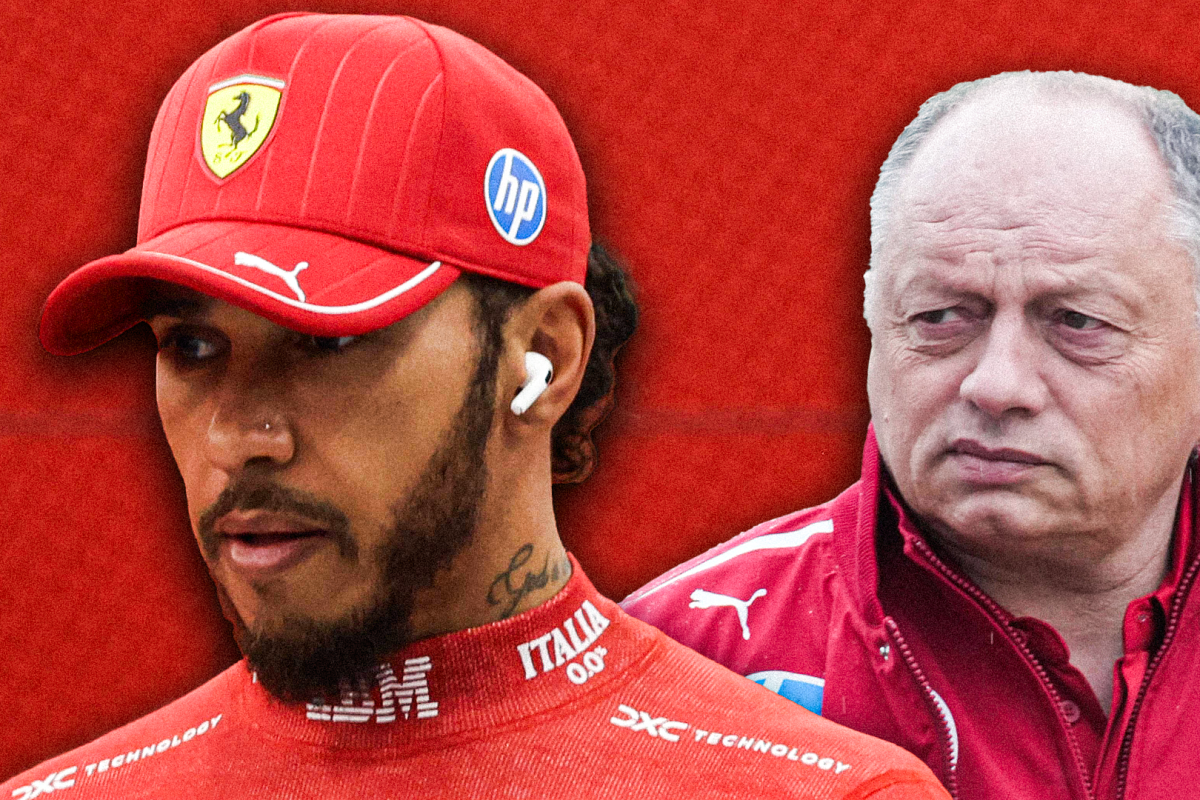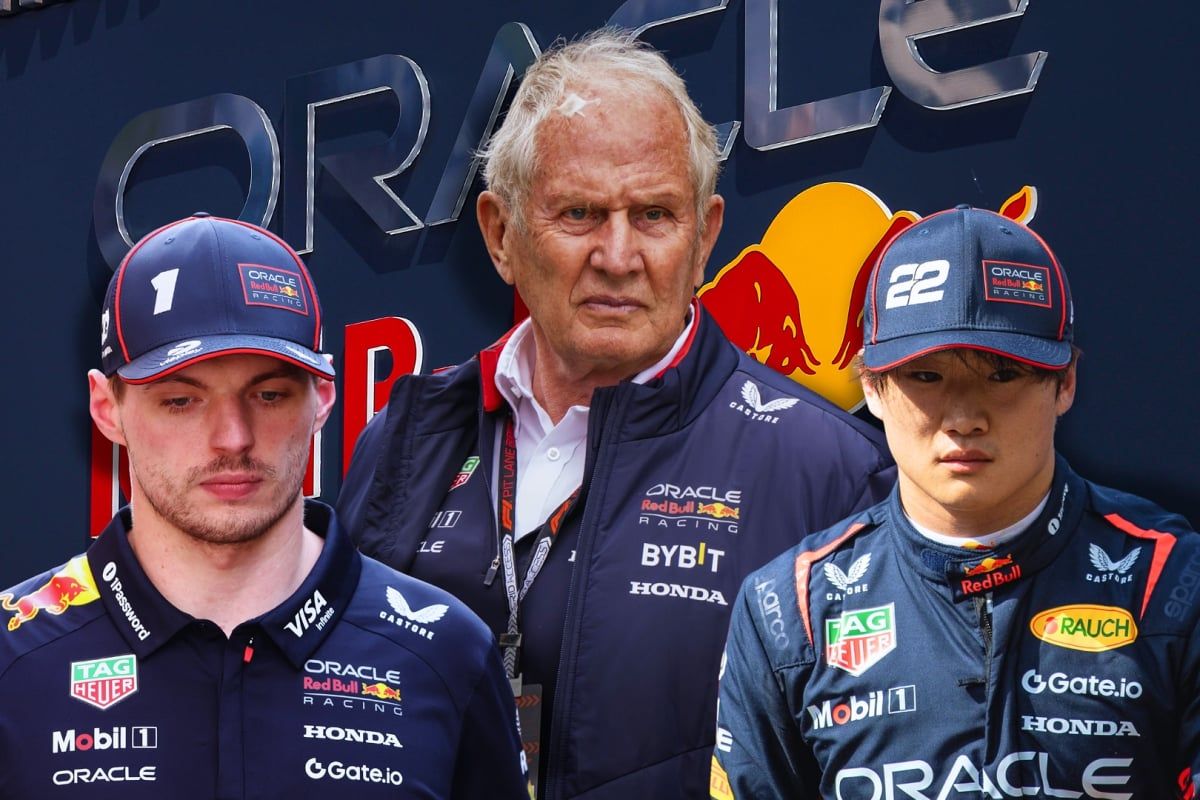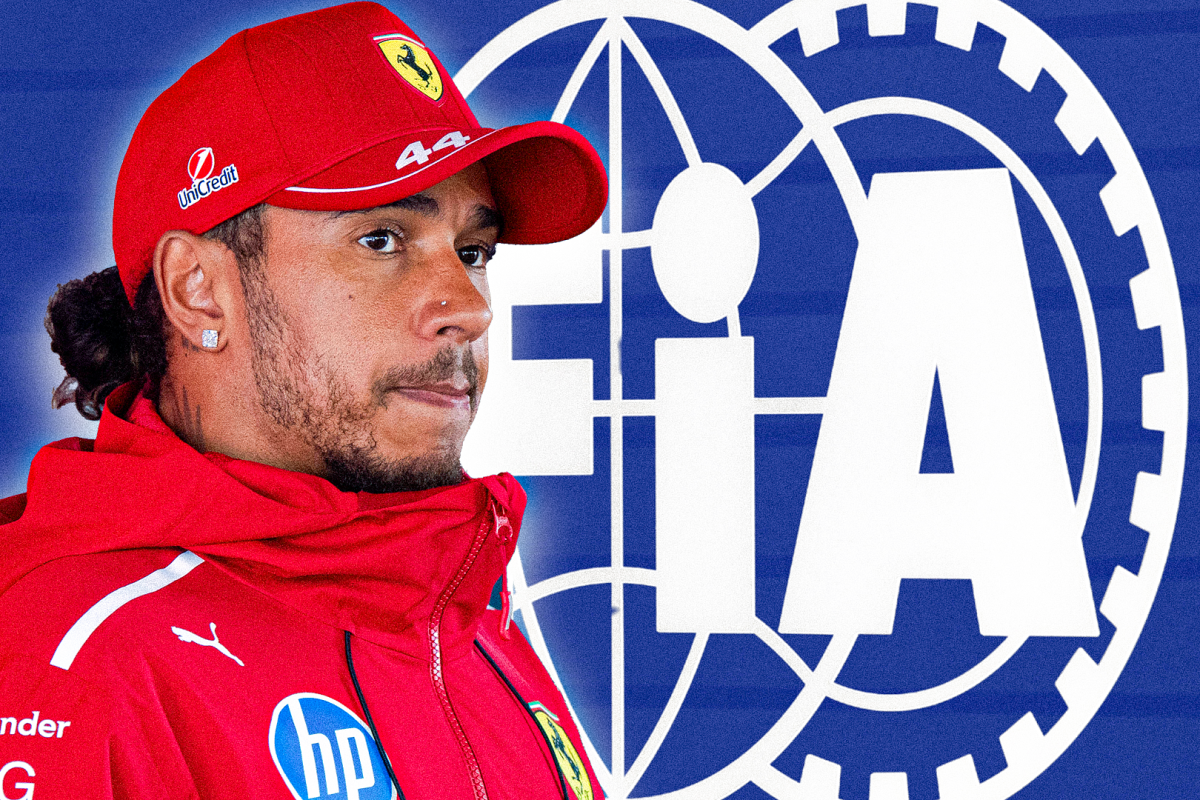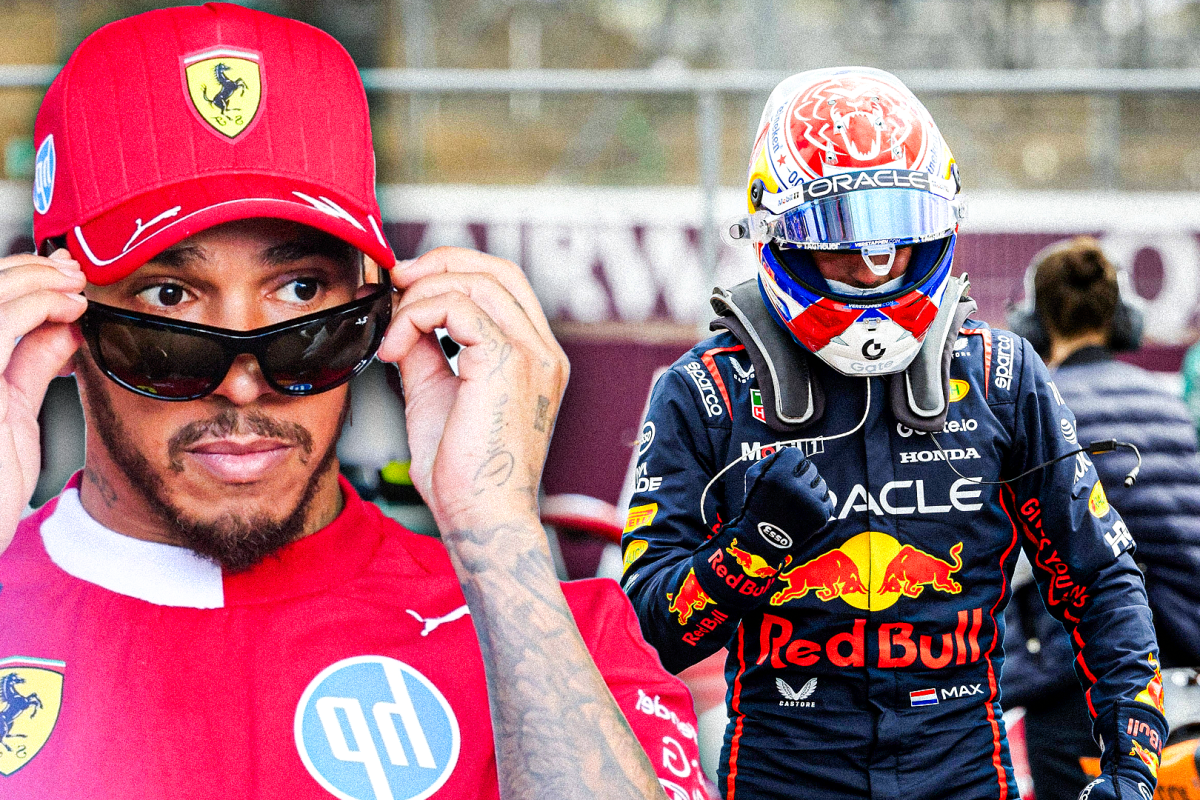Lewis Hamilton issues Ferrari write-off claim as Italian media slam ‘W… read more
Lewis Hamilton’s struggles at the Canadian Grand Prix have ignited a firestorm of criticism from the Italian media, who are increasingly skeptical of Ferrari’s performance and leadership under Fred Vasseur. The team’s disappointing sixth-place finish, further compounding their constructors’ championship struggles, has led to accusations of weak excuses and a perceived lack of shared vision between the team principal and the driver.
Hamilton’s performance in Canada was marred by damage to his SF-25, sustained when he ran over a groundhog during the race. While Sky Sports F1 commentators noted the incident’s impact on his downforce, the Italian media dismissed this as a weak excuse, describing his race as “labored.” This criticism echoes previous concerns raised about Hamilton’s consistency and ability to perform on race day, despite moments of apparent positivity throughout the weekend.
Hamilton’s post-race interview, captured and highlighted by Sky Italia, appeared to deepen the rift with the team. He expressed concerns about the lack of necessary upgrades and the team’s overall trajectory, implying a potential writing-off of the 2025 season. He mentioned the anticipated but seemingly limited nature of forthcoming upgrades, suggesting a broader issue with the team’s current capabilities. This statement, however, directly contradicts Vasseur’s post-race comments, who asserted that technical innovations were not the primary problem hindering Ferrari’s performance.
The disconnect between Hamilton’s assessment and Vasseur’s response has been highlighted by the Italian media as a significant point of contention. Gazzetta, for instance, underscored the apparent incongruity of these statements, hinting at a potential disconnect in strategic vision between the team boss and the driver.
This disparity is further magnified by the criticism surrounding Leclerc’s performance. Despite the significant amount of practice time missed by Leclerc (15 minutes on Friday in Montreal), Hamilton’s improved qualifying performance was characterized by Corriere della Sera as a “broken promise,” implying the team’s failure to fulfill Leclerc’s expectations of improvement in terms of race performance and a potential lack of support. Leclerc’s persistence and effort were acknowledged, but the Italian media criticized the team’s overall strategy and lack of pace, concluding that sheer effort was not sufficient to compete at the front. The consistent disappointment in both drivers’ race results, despite apparent potential during practice sessions, further underscores the underlying issues within Ferrari’s current approach.
The criticism extends beyond Hamilton and Leclerc to the team’s overall performance. The Italian media, through outlets like Corriere della Sera, laid direct blame on Vasseur’s leadership, questioning the team’s tactical approaches that Leclerc has repeatedly challenged, yet haven’t yielded improved results.
The impact of these critical assessments is evident in the media’s performance ratings. Sky Italia’s awarding of a 5 out of 10 to Hamilton, and a mere 6 to Leclerc, reflects their overall disappointment with the outcome of the race. The consistent underperformance of the Scuderia throughout the race, despite drivers’ clear efforts, further highlights the team’s current struggles, making them vulnerable in the face of intense media scrutiny.
The incident with the groundhog, while seemingly trivial, became a focal point for the Italian media’s criticism, suggesting a broader problem with the team’s resilience and strategic approach. The failure to capitalize on potential moments of positivity throughout the weekend, compounded by the consistent disappointments on race day, has fueled the Italian media’s mounting criticism.
Ferrari’s current predicament is a complex interplay of driver struggles, team strategy issues, and leadership questions. The Italian media’s harsh assessment reflects a growing anxiety over the team’s future prospects and the inability to consistently translate apparent potential into actual race results. This situation raises crucial questions about Ferrari’s ability to address the underlying issues and regain their competitive edge.




